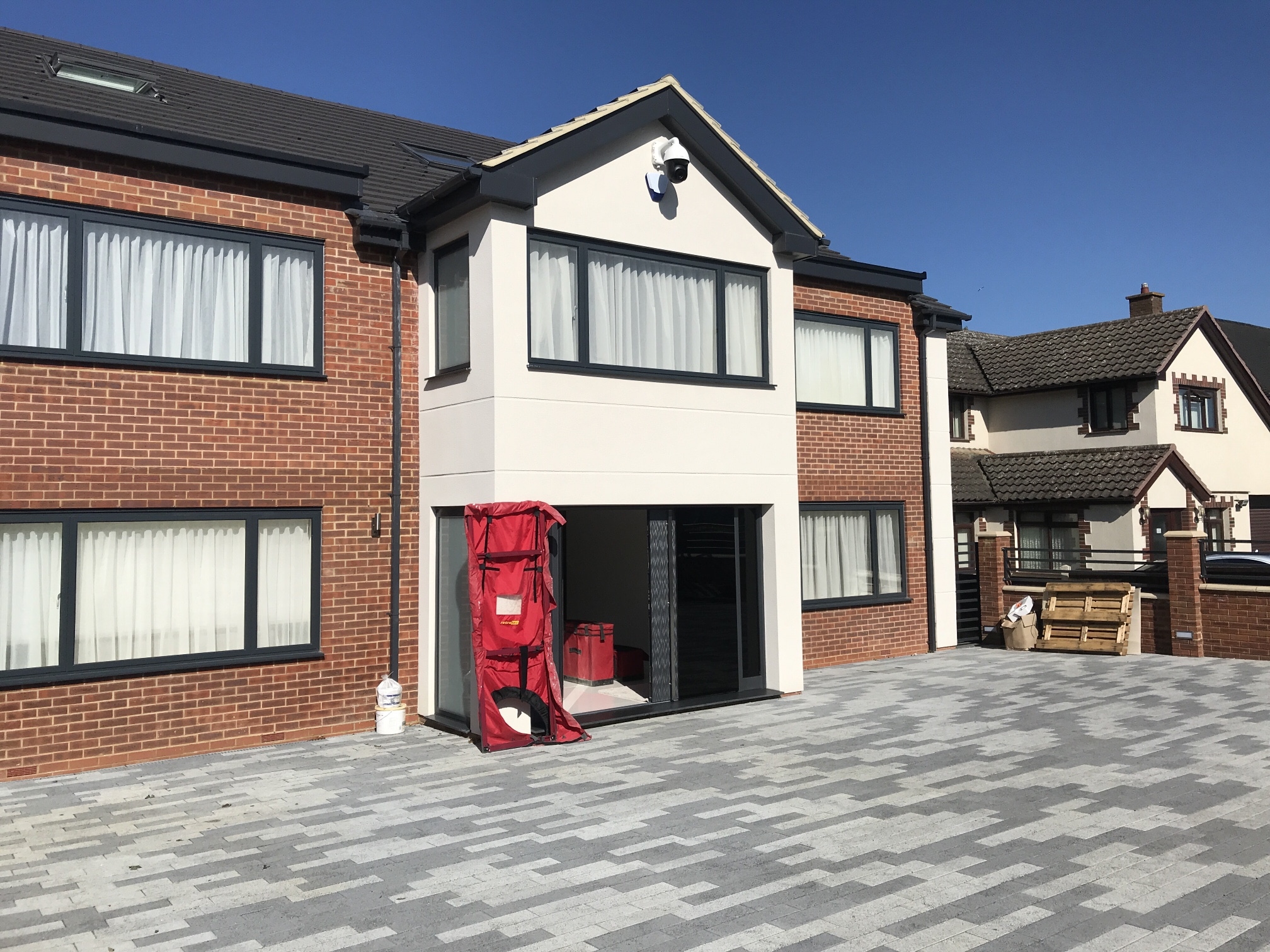[vc_row uxb_theme_class=””][vc_column uxb_theme_class=””][vc_column_text]
What is Ventilation?
Ventilation is an air exchange between a dwelling’s interior and exterior. Ventilation in a home is primarily aimed at removing polluted indoor air and replacing it with’ new’ outside air.[/vc_column_text][vc_column_text]
What does purge ventilation mean?
Essentially, windows are opened. Manually controlled ventilation of rooms or spaces at a comparatively elevated pace to rapidly dilute pollutants and/or water vapor. . window opening).
Sometimes referred to as rapid ventilation, this is a rapid exchange of large amounts of air between rooms or between rooms and outdoors, and is usually achieved by opening a window or a door.
Benefits: Assists in the removal of occasionally occurring pollutants such as smoke and smells or smoke from cooking or painting and furnishing.[/vc_column_text][vc_column_text]
What is rapid ventilation?
Rapid ventilation is essentially purge ventilation. It is the rapid exchange of large quantities of air between rooms or rooms and the opening of the windows or the doors.
Assists in removing sometimes contaminated products, including the smoke and odours from the cooking process, or smoke from painting and decorating.
[/vc_column_text][vc_column_text]
What does Extraction Ventilation mean?
It is an active extraction, by mechanical means, of air from the rooms, generally with a fan or air conditioning.
Ventilation for extraction is required in spaces where pollutants and surplus vapour like kitchens and bathrooms are frequently subjected to. Such rooms may be extracted permanently or intermittently.
Benefits: Limits the distribution in the entire housing of fumes and pollutants[/vc_column_text][vc_column_text]
What does Background Ventilation mean?
This is the passive air flow through ventilation in and out of rooms and is accomplished through’ a tiny ventilation opening intended to provide controllable ventilation across the entire construction.’
Ideal positioning of background fans 1.7 m above ground level should prevent noticeable drafts.
Trickle fans are perfect for this requirement. Different instruments can be used to open and close open vents for home residents ‘ operations.
Benefits: Background ventilation by trickle ventilators can provide a safe, draught-free and coherent supply of oxygen even if the windows are closed.[/vc_column_text][vc_column_text]
Why do I need Ventilation in my home?
Circulating air decreases the risk of producing damaging indoor pollutants in the home. This helps provide the occupants of a home with a safe and comfortable inner setting.
The Building Regulations Advisory Committee in England and Wales requires’ there must be appropriate ventilation means for individuals in the building.’ In Scotland, the Building Standards state that’ all structures need to be ventilated so that the building’s air quality is not a danger to the occupants ‘ health or the building itself.’
Part F ventilation testing can ensure your fan setup meets current regulations.[/vc_column_text][/vc_column][/vc_row]




